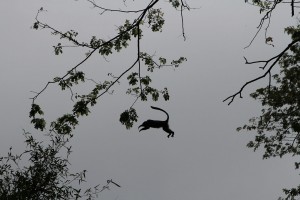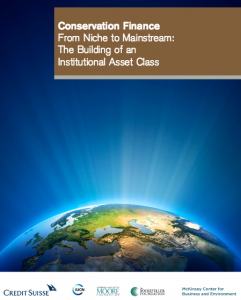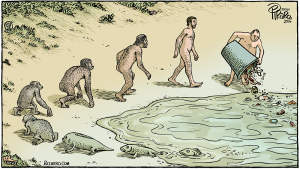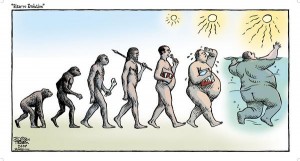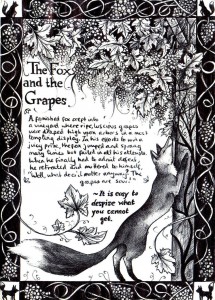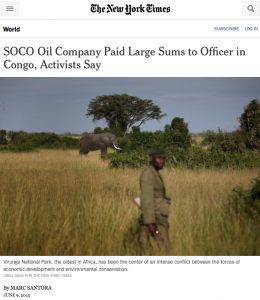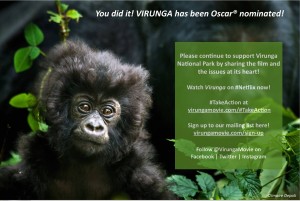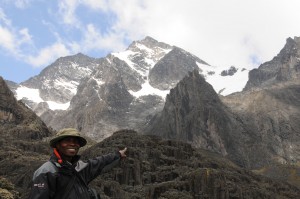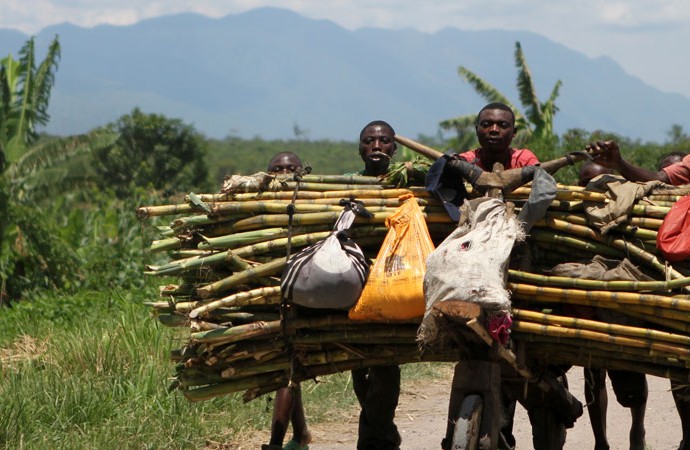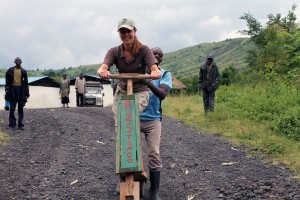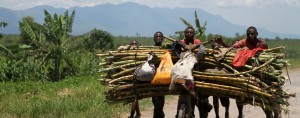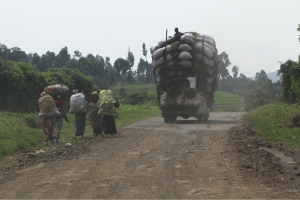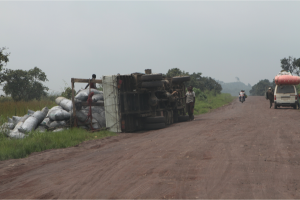Upon reflection, we can acknowledge that our human mind is rather limited:
We overestimate what we do know and we underestimate what we don’t know.
We humans take a lot at face value. We suffer from “black swan blindness” (as we mostly see white swans, we tend to think they are all white and we tend to forget about the black ones). We can even ignore “stampeding black elephants” if we want?! In other words, we can ignore very obvious facts that are in the face (please see the previous blog post dd. 25 November 2014).
Interesting questions that follow out of these facts are: How do we deal with reality? How do we (want to) see things? How much are we aware of our limitations? And how do we manage these limitations?
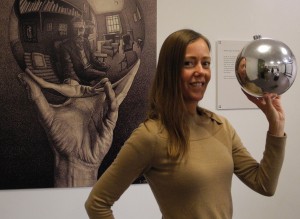
M.C. Escher Museum
“In my prints I try to show that we live in a beautiful and orderly world, not in formless chaos, (…). I cannot resist fooling around with our established certainties. It gives me great pleasure, for example, to deliberately mix together objects with two and three dimensions, surface and spatial relationships, and to make fun of gravity.” – M.C. Escher
Continue Reading →


